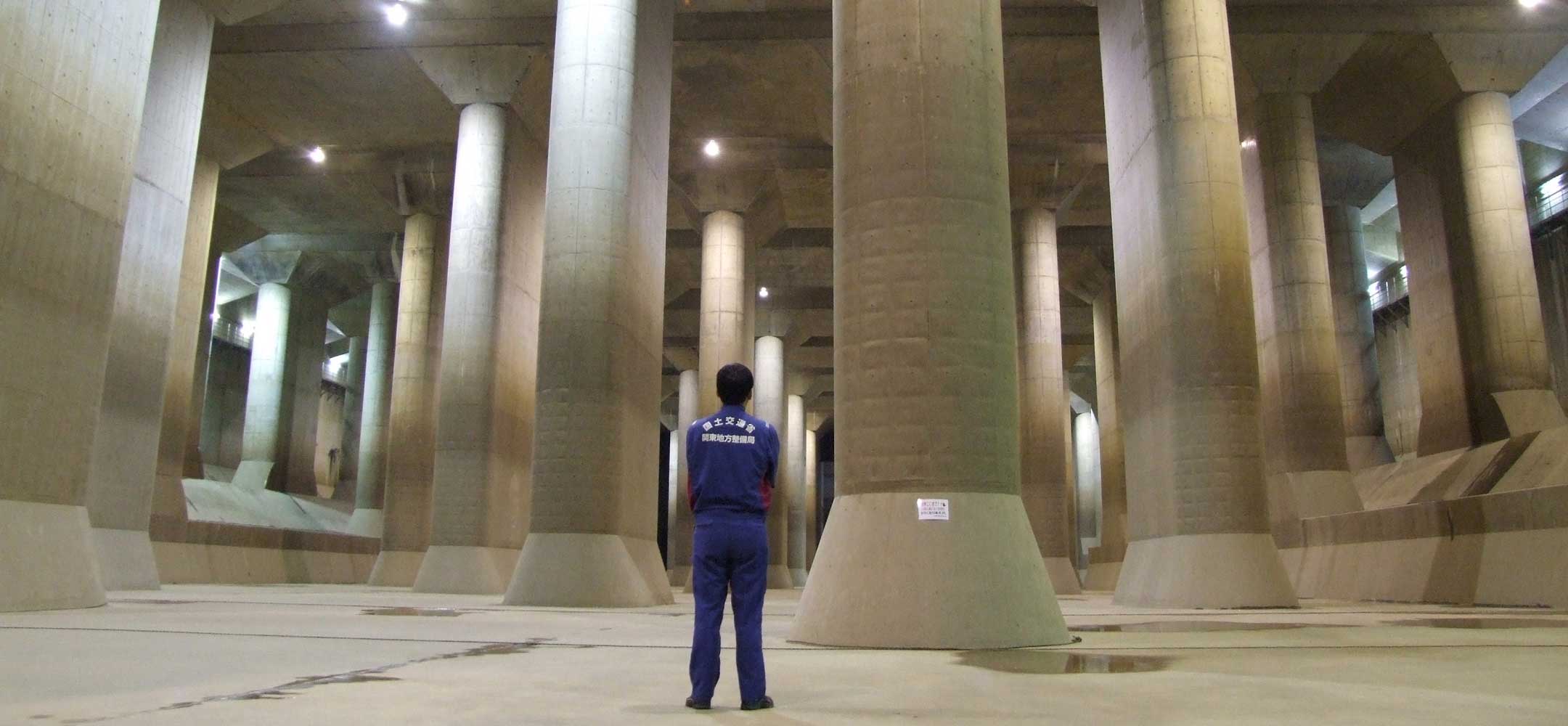The U.S. Army Corps of Engineers is revisiting the idea of constructing a large, underground tunnel beneath the city of Houston — part of its efforts since Hurricane Harvey to alleviate the potential for flooding around the Addicks and Barker reservoirs and along Buffalo Bayou.
Engineers plan to spend two more years studying the possibility and other alternatives, the agency announced Wednesday. It will use $1.8 million in federal funds to do so; an additional $3.4 million from two Harris County county commissioners will further local study of the concept, which community advocates have supported.
The project extension and potential re-imagining of how flood control works here comes after earlier possibilities that the Corps proposed elicited major public backlash. Engineers in an interim report last year suggested digging Buffalo Bayou wider and deeper, or building a third dam and reservoir on the Katy Prairie.
Local advocates have long fought to protect the bayou in its natural form. And environmentalists rallied around the prairie, which supporters consider a necessary, natural way to address flooding and improve water quality.
The agency announced Wednesday that engineers will spend two more years analyzing the tunnel option and other alternatives. The Corps will use $1.8 million in federal funds to continue the study.
An additional $3.4 million from two Harris County commissioners will support complementary research at the county level.
The Corps previously considered tunneling floodwater under the city to be too expensive, with an estimated cost of $6.5 to $12 billion. Engineers envisioned a tunnel some 150 feet below ground, starting at the reservoirs to the west and perhaps following the bayou’s path to the Houston Ship Channel.
Yet the agency noted Wednesday that it had received “substantial” community input. The Corps now hopes to release a draft report and environmental impact statement for what it calls the Buffalo Bayou and Tributaries Resiliency Study next fall. It would then accept more input and issue a final report, aiming to complete the study by December 2023.
“We are very committed to this important, monumental project,” Commander Col. Tim Vail of the Galveston District said in a prepared statement, “and we have heard the public’s feedback.”
See here, here, here, and here for the background. As the story notes, and which I don’t think I realized, Austin and San Antonio have similar tunnels, though they are much shorter than Houston’s would be. Look at the map in the story – these suckers would go all the way from the Addicks and Barker reservoirs to either Buffalo Bayou or the Ship Channel. Honestly, that price tag is not really that high, if there’s federal investment in the project. I say study away and let’s see where it takes us.


The wait +day 4
“Engineers plan to spend two more years studying the possibility and other alternatives, the agency announced Wednesday. It will use $1.8 million in federal funds to do so; an additional $3.4 million from two Harris County county commissioners will further local study of the concept, which community advocates have supported.”
That’s $5M that could have been spent on the Ike Dike.
Anyone try digging a hole around Houston lately ? 10′ (or less) down and you’re in chocolate jello. 50′ down and you’re at sea level (50 miles to the south (Galveston), 18 miles to the east (Gal Bay)). 150′ down is no man’s land.
I want to know the names of the two HC Commissioners who thought it’d be a good idea to spend money on a hair-brained plan already poo poo’d by the ArmyCOE due to the cost of any finished product.
I wonder why only the commissioners for Precincts 3 and 4 ponied up $$$ for further study.